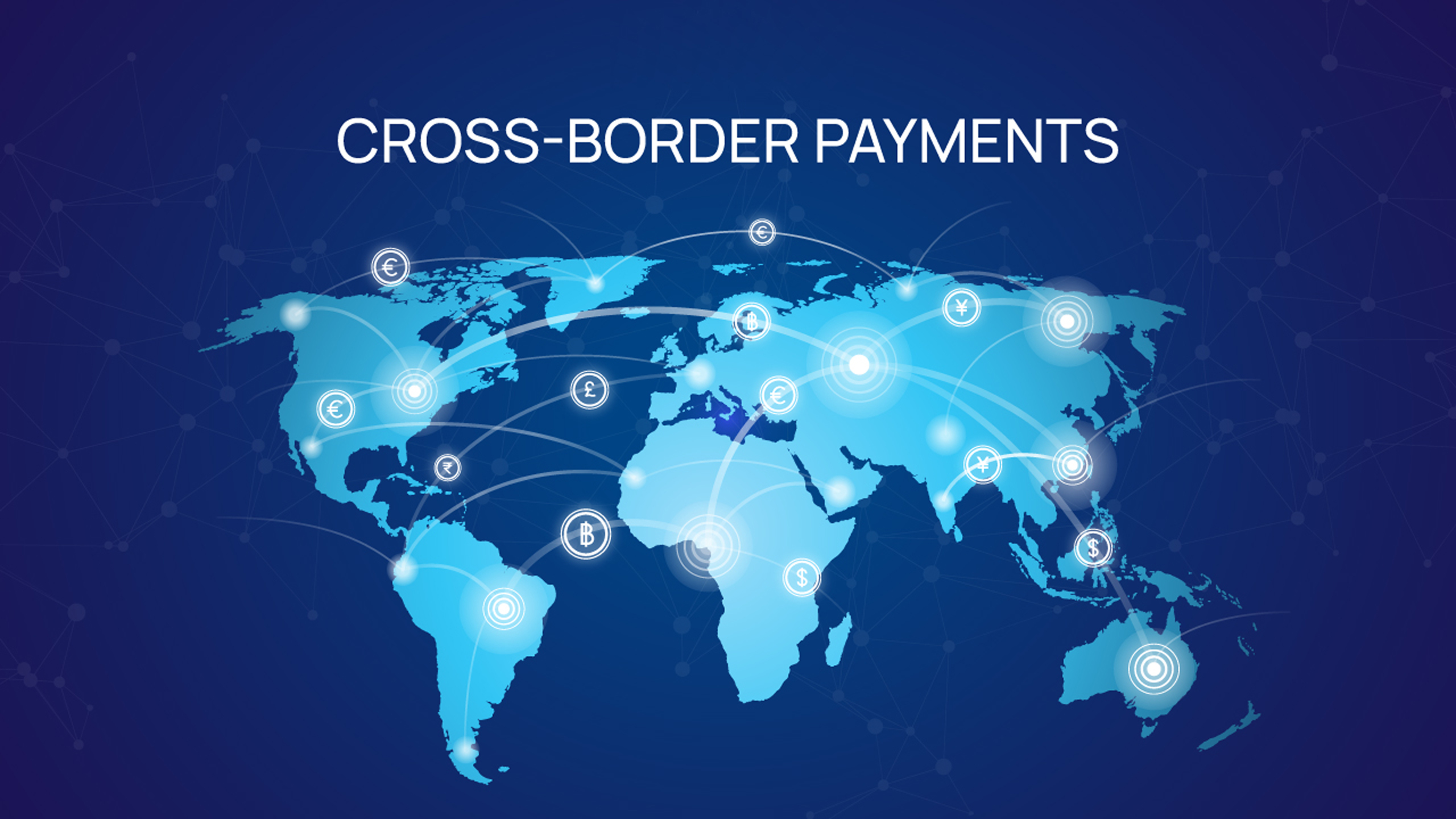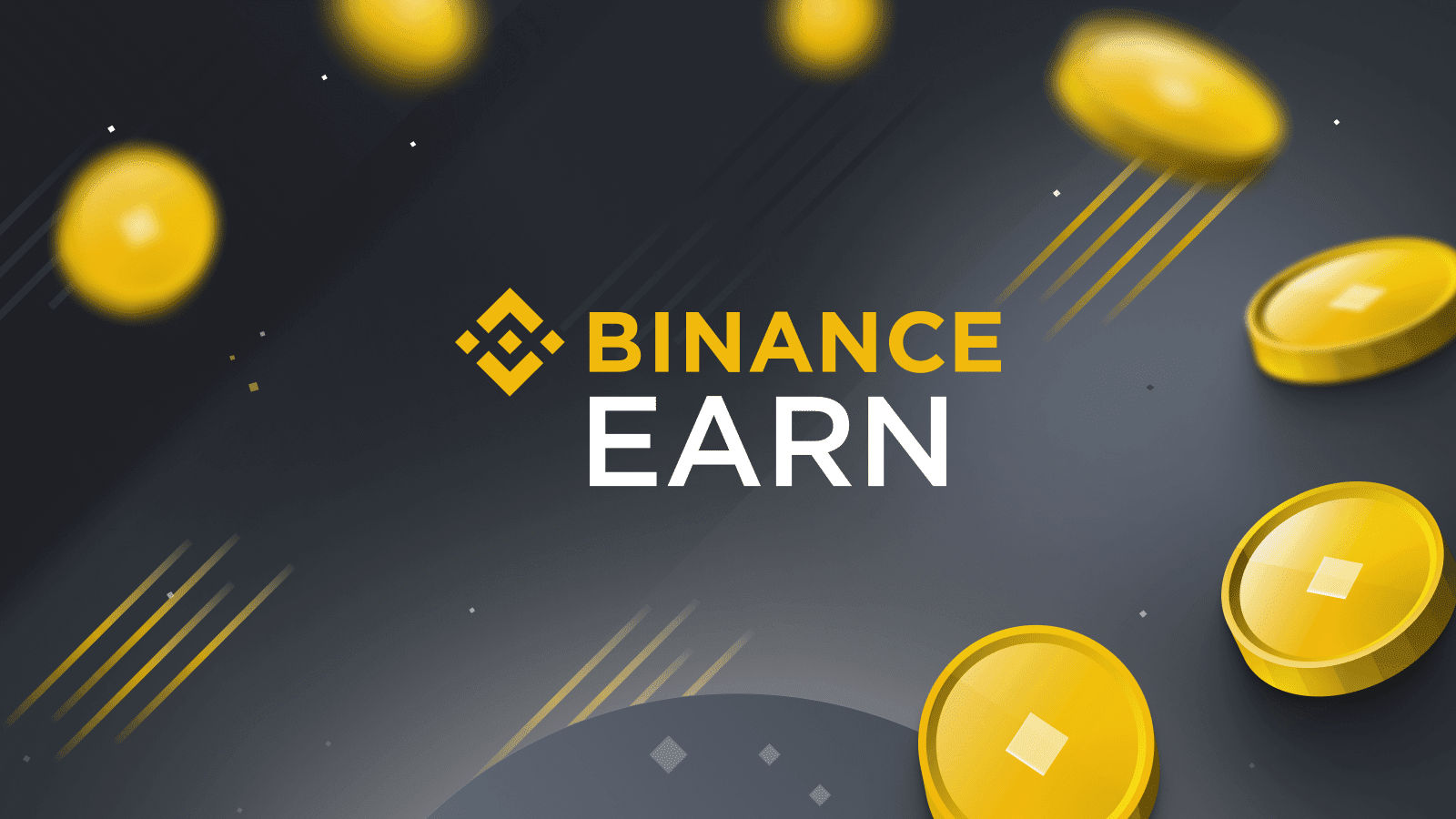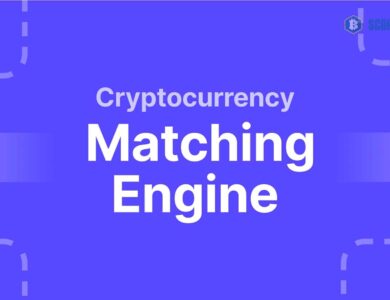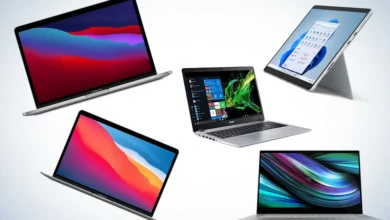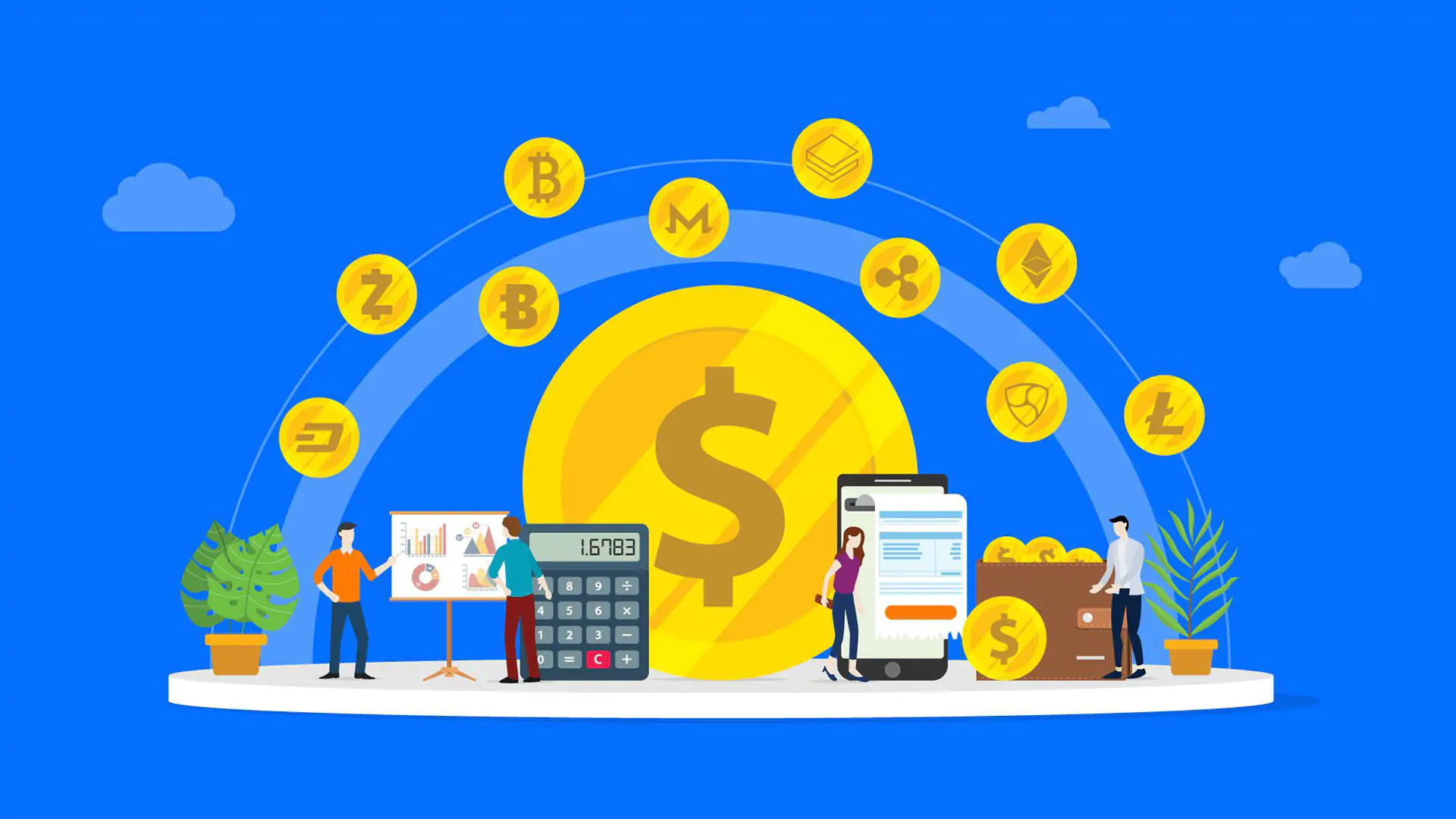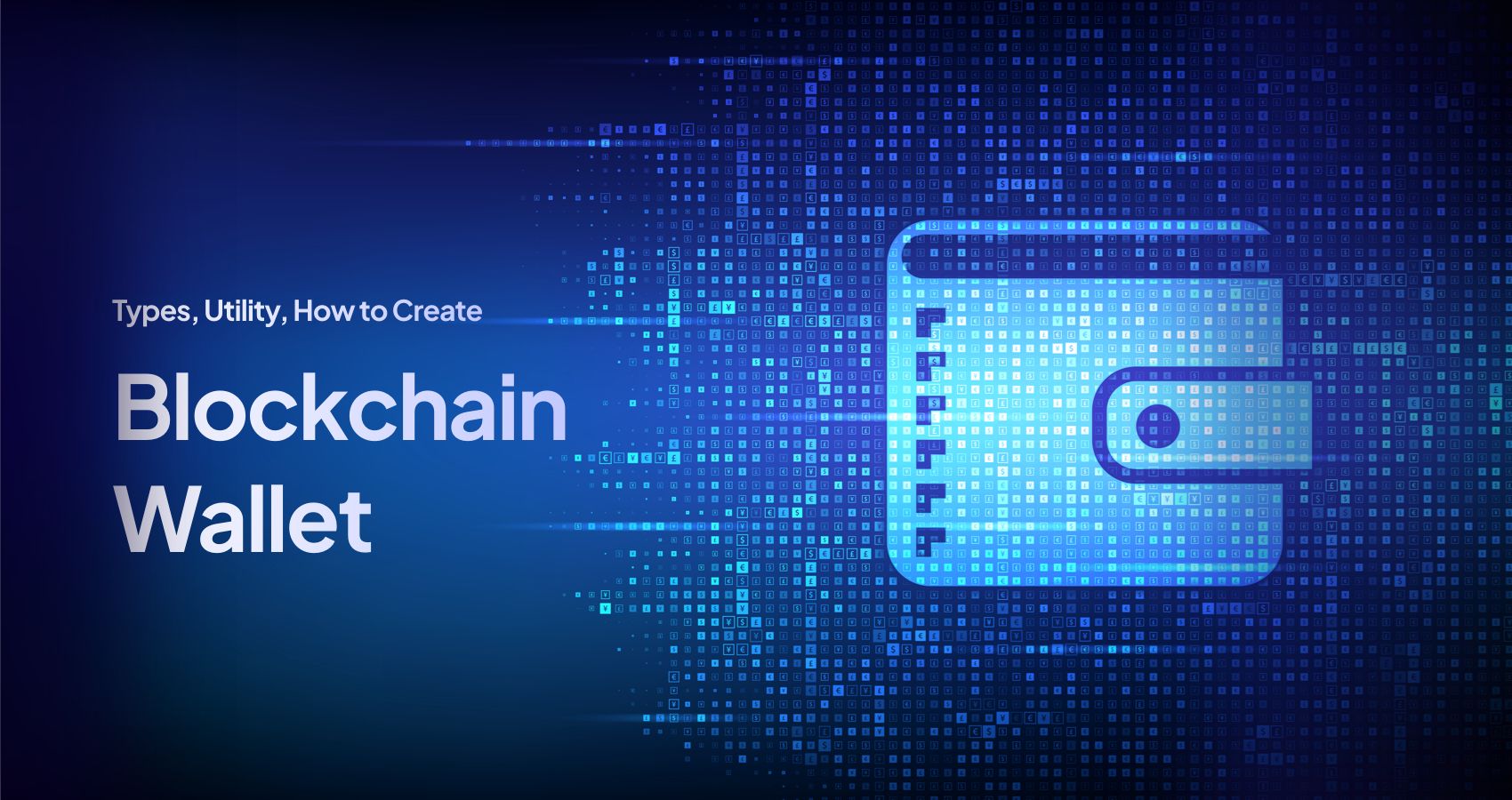
How to Create a Blockchain Wallet A Step-by-Step Guide 2025
Create a blockchain wallet. Cryptocurrencies and blockchain technology are nearly interchangeable, and they have many interconnected potential uses. Along with blockchain’s development towards Web3, the cryptocurrency market has grown exponentially in the past several years. The blockchain ecosystem has become more than just a platform for cryptocurrency development and trade.
The idea of developing a blockchain wallet has the potential to become a lucrative business venture if put into action immediately. One advantage is that you can serve a large number of customers. But if you have a blockchain or cryptocurrency wallet, you may access the possibilities of trading other assets, like NFTs. First, we’ll examine the fundamentals of what is required to build a blockchain or cryptocurrency wallet.
Definition of a Blockchain or Crypto Wallet

Because of their shared functionality, people often use the terms ” Bitcoin Blockchain wallet” and “crypto wallet” interchangeably. You should familiarize yourself with blockchain technology before making a new wallet. Digital storage for assets based on the blockchain is what the blockchain wallet is all about, as the name suggests. A blockchain wallet is a place to keep your digital assets, such as stablecoins, NFTs, tokens, and cryptocurrencies.
Wallets on the blockchain allow their owners to store and send virtual currencies and see their balance and past transactions. To better comprehend blockchain wallets, it’s helpful to picture a conventional physical wallet you use to hold fiat money and cards. The key distinction is that blockchain wallets store the locations of your assets on the network, rather than the goods themselves.
Reasons to Create Your Blockchain Wallet
Remember that there has been a steady rise in the number of people using blockchain wallets. To the contrary, security issues arise from worries about crypto asset manipulation. For this reason, picking a wallet specifically for storing cryptocurrency is crucial. A blockchain wallet can be created to safeguard digital assets and provide more secure transactions. The following are a few key features of blockchain wallets that make it quite evident why you should start creating one immediately.
Security
Private and public keys, the building blocks of cryptocurrency, are stored in blockchain wallets. A blockchain wallet’s two-factor authentication mechanism is a user’s two-key system to access cryptocurrency holdings. Never forget how important it is to keep the private keys secure.
Faster Transactions
Customized blockchain wallets can also help ensure faster transactions. You should have blockchain wallets that can complete cross-border transactions within seconds.
Cryptocurrency Compatibility
Another reflection of cryptocurrency compatibility’s significance is how questions like “How are blockchain wallets created?” are answered. For some reason, many blockchain wallets aren’t compatible with other cryptocurrencies. You’ll need a blockchain wallet that accepts and facilitates the conversion of different cryptocurrencies to succeed.
Lower Transaction Fees
Blockchain wallets can emerge as a promising alternative to traditional finance solutions, as they guarantee lower transaction fees than banks.
Ease of Use
Another distinctive trait of a blockchain wallet is the assurance of ease of use. Users should be able to sign in, authorize their credentials, and monitor or manage their blockchain-based assets in one place. Most importantly, the interface of the blockchain wallet should be as simple as the apps you use regularly.
Essential Elements in the Working of Blockchain Wallets
Discovering the best approach to creating a blockchain wallet requires understanding the key components that make them function. According to the most basic explanation of how blockchain wallets function, a wallet address is required in addition to the public and private keys. Rather than storing physical goods, a wallet keeps the public and private keys necessary to access those assets. If you want your blockchain wallet to succeed, you must have these things.
Transactions
Users of blockchain wallets should be able to make instantaneous, middleman-free transfers of cryptocurrency and other assets. Additionally, the blockchain wallet needs to be able to convert fiat cash and accept direct payments from Visa and Mastercard.
Auto Private Key Generation
When you create a new blockchain wallet, you must have the auto-private key generation feature. This feature ensures that the wallet generates a new key for every transfer and stores the private key locally rather than on a server.
QR Code Generation
QR code generation is another essential feature that you can include in your new blockchain wallet. It can help eliminate human error when copying wallet addresses. With the QR code method, your blockchain wallet can solve issues with entering and capturing wallet addresses.
Near Field Communication
Using near-field communication technology can potentially expedite the generation of a blockchain wallet. An NFC wallet is the best option for offline transfers and cold storage for most blockchain-based assets and cryptocurrencies. This strategy is easy to apply and helps with data security and isolation, regardless of where you are or the time of day.
Steps to Create Your New Blockchain Wallet
The curiosity regarding questions like “How are blockchain wallets created?” can lead you through a complex process. The essential steps experts recommend for developing a new blockchain wallet from scratch.
Select the Operating System and Blockchain
You can choose from various operating systems and blockchain platforms when creating your wallet. When selecting the platforms, pay close attention to regulatory compliance. Assumptions about users’ desire to access the wallet from multiple devices should precede the creation of any blockchain wallet.
Consequently, the blockchain wallet needs to work with all the major platforms, including iOS, Android, Windows, Linux, and Mac OS. If compatible with more platforms, your blockchain wallet will reach more people. When deciding on a blockchain platform to construct your purse, it is essential to consider factors like scalability, user experience, and security.
Create the User Interface
Blockchain wallets’ trustworthy interface is one of the main selling points. Interfaces that are easy to use and understand can increase engagement and retention rates. You must design an interface that removes any uncertainty or difficulty from the customer’s purchasing process. To help users find the operations and features they’re looking for, an exemplary user interface has a straightforward navigation system and menus that are easy to understand.
Add the Important Features
The next stage of development involves adding crucial functions to a blockchain wallet. Automated session logout, support for numerous accounts, and integrated network support are only a few examples. Support for NFTs, user authentication mechanisms, and push alerts are some of the other crucial elements of a good blockchain wallet.
Without hearing from users, you can’t build features like transfer limitations, account recovery, and bundle transactions into the wallet. Additionally, developers can utilize tailored smart contracts to provide various features a blockchain wallet needs.
Coin Installation and API Integration
The process of creating a new blockchain wallet would also involve installing coin servers. You can opt for a third party to launch a coin server, which is more cost-effective. On the other hand, launching your own coin server would help achieve faster transactions. Coin server installation also ensures that all users can use blockchain wallet apps flexibly. API integrations are also an important requirement that helps users ensure the security of their funds.
Wallet Contract Development
Smart contracts are required for blockchain wallet transactions to be automated. Nevertheless, thorough audits of smart contracts must be carefully considered. Secure smart contracts for cryptocurrency wallets can be created with the help of smart contract auditing service providers’ choices for manual audits.
Testing and Deployment of Blockchain Wallet
Once you have all the functionalities for your blockchain wallet, you can move on to the next step. How do you make a blockchain wallet a proven recipe for success? The answer lies in a comprehensive audit of the wallet UI/UX alongside other elements such as security and interoperability.
It is important to check the wallet for bugs and vulnerabilities before deploying it. Most importantly, developers must remember that deploying a blockchain wallet is not the end. You must implement continuous monitoring and improvements to ensure the wallet performs according to desired benchmarks.
Final Words
A newcomer to blockchain technology may find the process of making a wallet daunting. But knowing what features are most important and what criteria crypto wallets have might help you figure out how to build blockchain wallets the right way. As their popularity keeps rising, blockchain wallets will be essential for making money off of NFTs, stablecoins, cryptocurrencies, and blockchain technology.
At the same time, developers can also discover a valuable proposition with the help of blockchain wallets. Learn more about blockchain wallets and find the best practices that can improve blockchain wallet development outcomes now.


